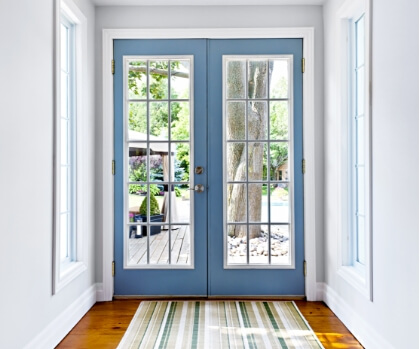Doors
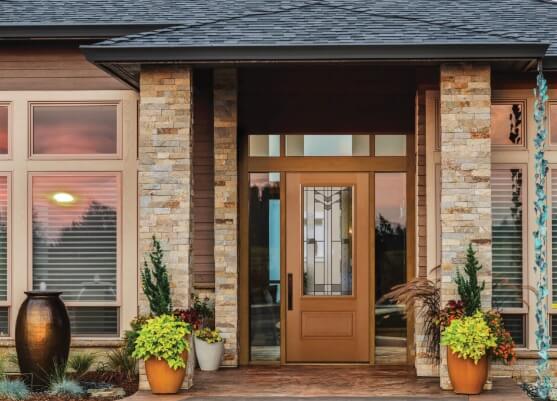
DOORS
Doors are not only vital to your home’s privacy and security, they can have a dramatic effect on the overall aesthetic of your home. Primarily designed to be functional, doors can also serve as focal points, adding both value and curb appeal to your home.
The importance of doors can sometimes make choosing the right type a difficult decision. The door’s intended function will dictate how it is made, what it is made of and where it should be located
Benefits of Doors
Doors are an integral part of a home because they serve so many purposes. Today’s homeowners are able to choose from a wide variety of styles, designs and types of doors. If you are considering updating the doors in your home, this is a great place to start.

Function
Doors enable easy traffic flow from one space to another. They also enable you to create individual rooms, each used for a specific purpose. Depending on the location of the door and what it will be used for, the doors in your home should offer privacy, safety and control access for entry and exit.
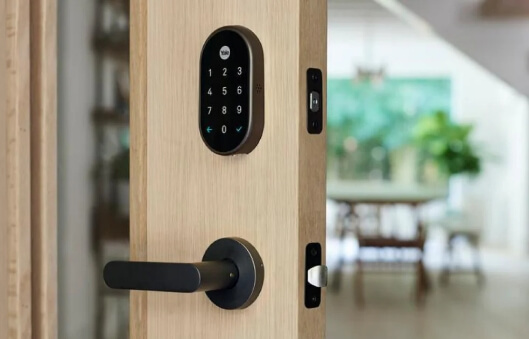
Privacy and Security
Exterior doors are the primary access points to your home, which means they must be durable, secure and provide a barrier of protection from the elements and intruders. Interior doors control access into and out of rooms, and simply closing the door behind you can prevent interruptions or distractions.
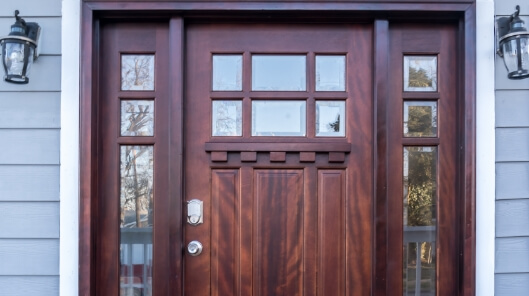
Curb Appeal
The front door is the first thing people see when they walk up to your home and should create a statement that represents your personal style. Modern doors are available in a wide variety of designs and styles and can be installed virtually anywhere.

Noise Mitigation

Energy Efficiency
Modern entry doors are now manufactured with insulative properties that can reduce energy consumption leading to lower utility costs. Doors can help regulate the internal temperature in specific spaces. Simply closing the door can help retain cooler air in the summer and warmer air in the cooler months.
Interior Doors versus Exterior Doors
Whether you are looking for an exterior door that boosts the curb appeal of your home and offers security from the outside, or new interior doors that look great while also providing privacy, understanding your options is a great first step.
The following table contains general differences between interior and exterior doors. It’s important to note the information contained in the table are generalizations. Not all doors are the same, and sizes and features often vary between different manufacturers.
| Interior Doors | Exterior Doors* | |
|---|---|---|
| FUNCTION | Separate rooms for privacy and/or noise reduction; contribute to the flow within a home | Barrier to withstand the elements and improve the home’s insulation |
| INSTALLATION | Swing outward (generally open by pushing away from you) | Swing inward with hinges installed on the interior of the door frame |
| FEATURE | Hollow core or Solid core | Solid core only |
| DESIGN | Design elements on both sides | Majority of design elements on exterior facing side |
| MATERIAL | Wood, glass, metal, fiber wood or combination | Combination of glass, wood, metal and steel for maximum strength and durability |
| THICKNESS | 1 ⅜” | 1 ¾” |
| WIDTH | 30” | 36” |
*Because of their overall function to protect and insulate, exterior doors must be durable and strong. They are typically much heavier than interior doors and are generally made of solid core wood, solid core engineered wood or metal. Many homeowners also opt to feature a perimeter of metal or steel to add an additional layer of security and insulation. In addition, most exterior doors swing inwards for a variety of reasons. Doors that swing inward contain springs that are installed on the interior frame which makes them difficult to access from the outside.
Types of Doors
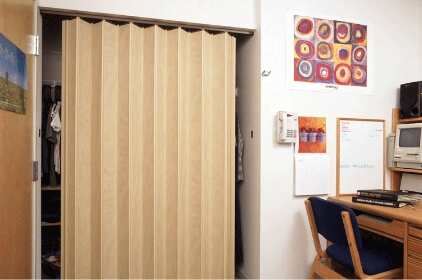
Accordion Doors
Accordion doors are generally used in large spaces or in areas that cannot accommodate a bifold or sliding door. The door is mounted from a track at the top of the frame and slides horizontally in the manner of an accordion. Accordion doors are widely available in a variety of materials.
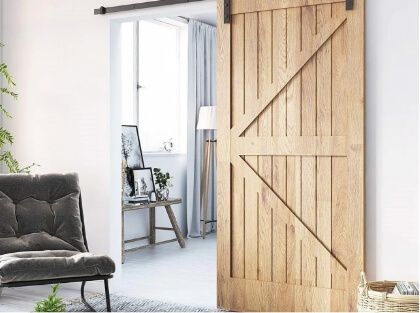
Barn Doors
Historically used outdoors, barn doors have become one of the most popular types of interior doors. Whether genuine or reproduction, barn doors are characterized by wooden elements embellished with a “Z” or an “X”. Typically made of wood, barn doors hang from a track that is fixed to the ceiling or a door frame and used to close off larger spaces.

Battened and Ledged Doors
This type of door consists of vertical wood battens (boards) with horizontal ledges (battens). Because they offer a traditional look, battened and ledged doors are commonly found on traditional style homes.
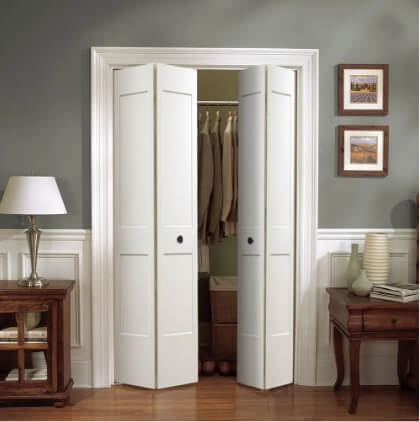
Bifold Doors
Typically used for bedroom closets, bifold doors are made of lightweight materials and are installed on a track at the top of the frame. Bifold doors do not swing open. Instead, as the name implies, the door slides horizontally and folds toward the user to open and close.
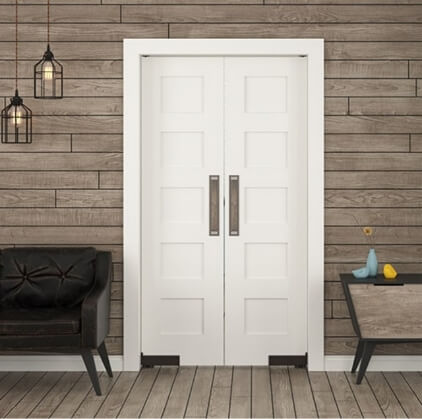
Double Action Doors
Double Action doors operate with special spring loaded hinges that enable the door to swing 180 degrees. Typically used in large spaces to divide very high traffic areas, double action doors are available in single or double doors and can be flush, paneled or louvered.
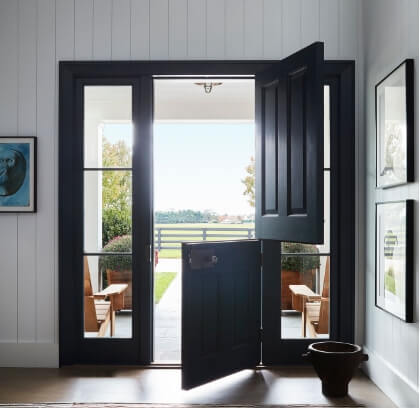
Dutch Doors (Double Hung)
Generally used as an exterior door, specifically in kitchens, Dutch doors are split in half horizontally, allowing the top and bottom portions to operate independently from each other. This allows for added ventilation or as a way to keep kids and pets out of specific areas.
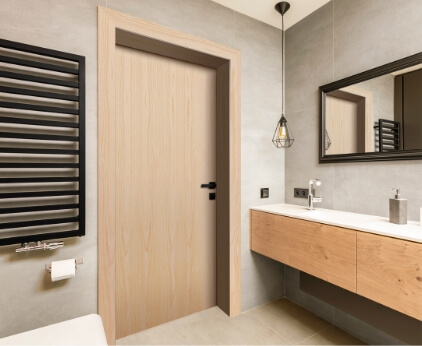
Flush Doors
Flush doors are typically made of wood, are smooth on each side and do not contain any decorative elements which makes them easy to paint or stain. Flush doors are commonly found in residential interiors because of their clean look. Since they are usually hollow inside, they are also lightweight and versatile.
